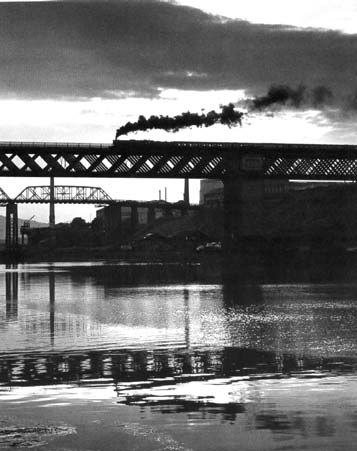|
|
|
The Fourth Bridge
Sat. 28th July, 2001
|
 |
 |
 |
|
Before the opening of the Tyne Bridge in 1928, traffic across the river used the the Swing Bridge for road and
pedestrians, the High Level for road and rail, the King Edward VII bridge for rail, thus making the Central Station a truly workable terminus, and the Redheugh Bridge for traffic.
The name derives from the precipitous riverbank (heugh) at this point, and its nearby reed beds. the rather spindly Meccano like
structure was first opened in 1871 then rebuilt between 1897 and 1901. It was finally demolished in 1984. |
|
 |
|
An exciting new high span road bridge was constructed during 1982-3 and was opened by the late Princess of Wales.
The new bridge forms a smooth traffic access from the south into the centre of the city, continuing the original vision, but is far higher and bolder than any Victorian engineer's dream.
The view
above is from the approach road to the old bridge looking north towards Arthur's Hill. An almost uninterrupted road, George Street and Rye Hill took travellers from the river to Westgate Road. The new bridge
connects with a newly constructed St. James' Boulevard and funnels traffic towards the football stadium. |
|
|
 |
©1999 Tyne & Wear Archives Service |
 |
|
The bridge was built with private cash and, like the High Level Bridge before it, was financed by tolls. The City of Newcastle
and the Borough of Gateshead paid £68,750 each (£3m $2m in modern terms) and the Department of Transport contributed £137,500 (£6m $4m) to buy out the bridge companies and free the two bridges from tolls. Above we can
see the grand procession on the 10th May 1937 with the Chief Constable, followed by the High Sheriff, the mace bearer, the sword bearer and John Grantham, the Lord Mayor of Newcastle, heading the freedom procession
across the bridge. He was about to meet the Mayor of Gateshead in the middle to shake hands and declare the bridges open to all for all time to come. |
|
|
 |
 |
|
Here, alongside the new bridge, the Gateshead old bridge approach can be seen. Three wooden piers with piles driven
deep into the river bed supported the steel girder supports for the bridge.
By the time it was demolished, only light traffic could use it because of the advanced corrosion.
The new
pre-stressed concrete bridge with its central span of 160 metres and two side spans of 100 metres can carry loads of up to 4,000 tonnes, and was built to a life expectancy of 120 years. |
|
|
The approach from Newcastle led underneath the massive North Eastern Railway goods marshalling yard. The 4.2 meter
(13ft 6ins) headroom seemed adequate at the time, but did not permit double deck bus traffic to pass, a restriction that discouraged investment and eventually made the crossing obsolete.
The Goods
yard has now been redeveloped and is the site of a massive performance space called the Newcastle Arena. Its sprung arched roof gives the impression of a massive tin shed from a distance, but allows a pillar
free uninterrupted space within.
It use varies from rock bands, exhibitions, and ice shows to television spectaculars. |
|
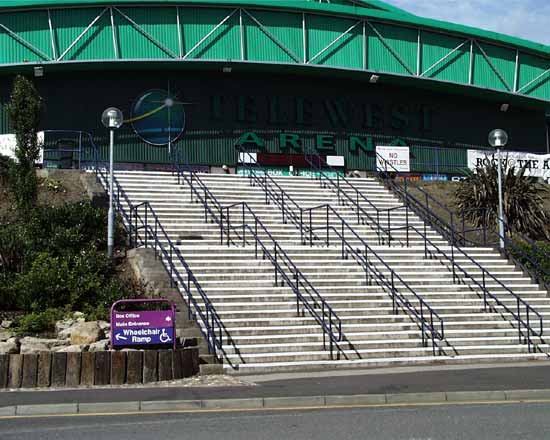 |
 |
|
Despite the slope and the 32 steps to the entrance, there is wheelchair access to this impressive space.
The
sloped landscaping has been stabilised by large boulders and a new use for the wooden railway sleepers that were plentiful during construction. This is a further reminder of the heritage of this place, and
is an encouraging reuse of building materials.
The stone rail bridge abutments will remain to support two carriage roads extending south of Scotswood road to a point south of the junction with Clumber
Street. |
|
|
|
|
 |
 |
|
A glance north up George Street towards Arthur's Hill reveals a rather run down industrial estate.
The City
Council is slowly changing the use of this area to leisure and as the remaining factories and garages move out the night-clubs, casinos and pleasure palaces move in.
The far end of the street joins
Westmorland Road at the picturesquely named Villa Victoria pub. George Street is now no longer a through route since the opening of the new St. James' Boulevard.
Below is the previously busy Mobil
petrol station, now by-passed and derelict. |
|
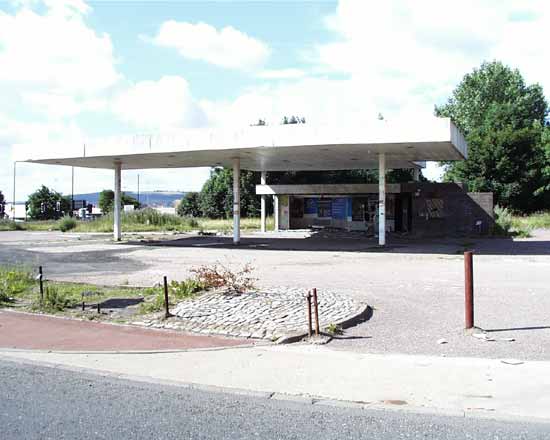 |
 |
|
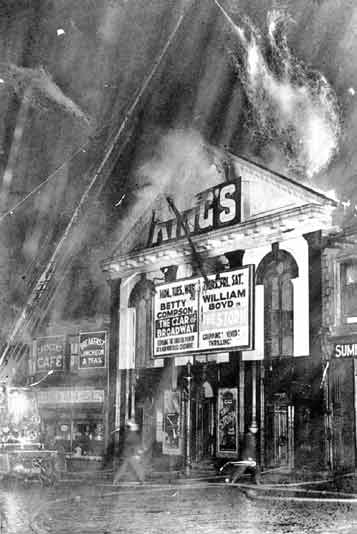 Not that leisure facilities in this district is a new idea. Here in 1931 the King's cinema burns to the ground. It was situated in Marlborough Crescent amongst
offices, small factories and warehouses on one side of the street and the sheep and pig market and later a bus station on the other. Not that leisure facilities in this district is a new idea. Here in 1931 the King's cinema burns to the ground. It was situated in Marlborough Crescent amongst
offices, small factories and warehouses on one side of the street and the sheep and pig market and later a bus station on the other.
It was first opened as a cinema in 1908, making it one of the earliest
permanent cinema buildings in the city. It had been Drysdale Hall and was converted into a Roman Catholic Junior School in 1893.
Joseph Collins, later to become Northern District Manager for
Paramount, converted it then sold it on after three years to James Lowes whose interest in Boxing lead him to try this, but it continued as a cinema until the time of the talkies.
James Lowes did not consider it
worthwhile to convert to sound and he sold it to Mr. Gilmartin in October 1930 and he installed a new projection box and sound system.
|
©1988 Newcastle Chronicle & Journal |
On the morning of 5th September 1931 it was destroyed by fire. Mr. Gilmartin had decided not to
insure the place as his finances were already stretched by the formation of the company and the rebuilding. Plans for a replacement came to nothing due to lack of money and the space left by
Gilmartin's neglect can be seen today. |
|
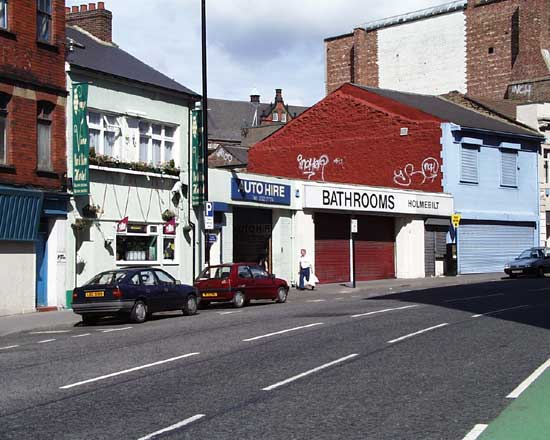 |
|
Finally, this view of the Redheugh Bridge in the distance, behind the more substantial King Edward VII rail bridge,
is deceptively modern.
This atmospheric shot was taken during the 150th anniversary celebrations of the Stockton to Darlington railway that set the standard for the world.
Here in 1975 the
Flying Scotsman crosses the Tyne on its journey south.
We may not see steam trains so often, but the legacy of the Industrial Revolution and the strength of Victorian planning and engineering are all
around us in this ever renewing modern city that is justifiably the capital of the north east, and the envy of municipalities world wide. |
|
|
 |
 |
|
Site and contents (unless otherwise stated) © Tim. Pickford-Jones and Timmonet, Newcastle upon Tyne,
United Kingdom. |
|
 |
|
|
 |
|
If you should arrive here via a search, or be missing the navigation on the left hand side, click this button.
|
|

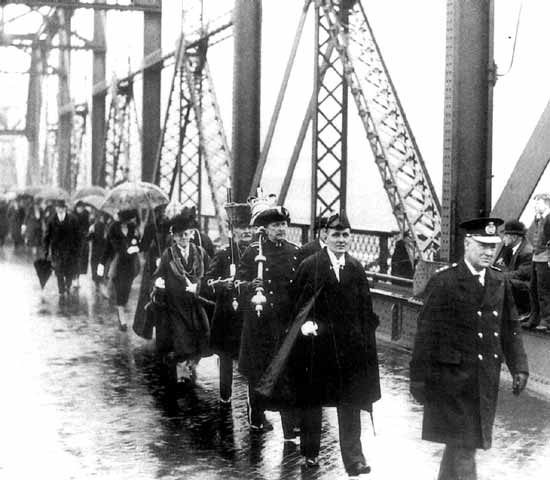



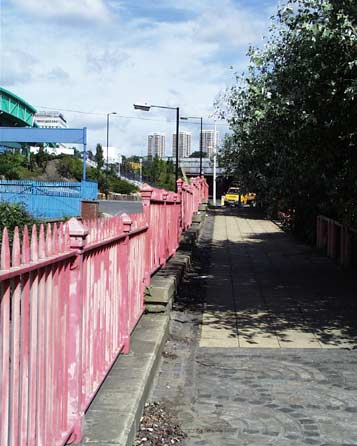
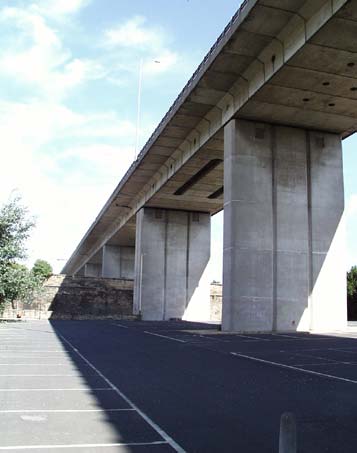
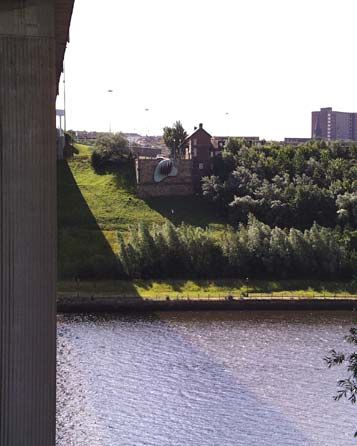
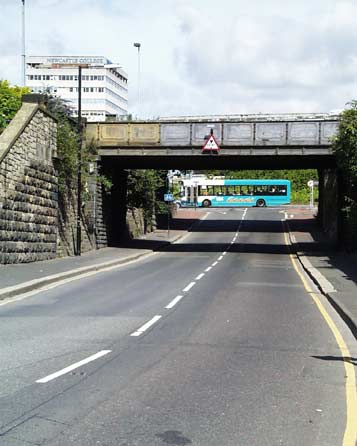
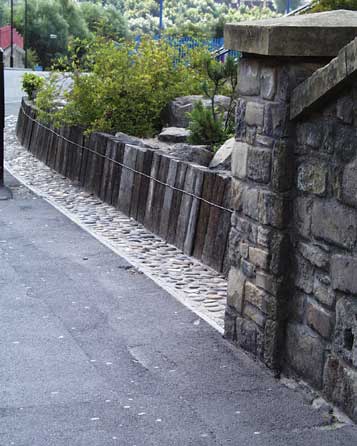
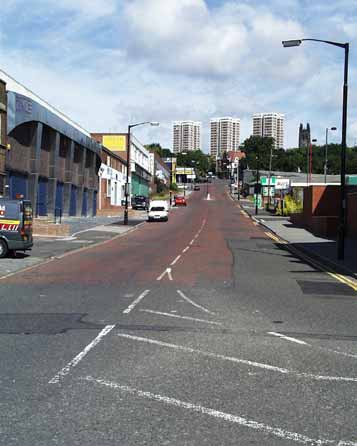
 Not that leisure facilities in this district is a new idea. Here in 1931 the King's cinema burns to the ground. It was situated in Marlborough Crescent amongst
offices, small factories and warehouses on one side of the street and the sheep and pig market and later a bus station on the other.
Not that leisure facilities in this district is a new idea. Here in 1931 the King's cinema burns to the ground. It was situated in Marlborough Crescent amongst
offices, small factories and warehouses on one side of the street and the sheep and pig market and later a bus station on the other.